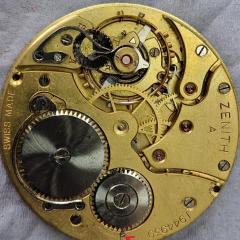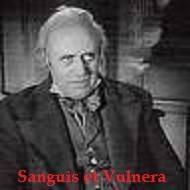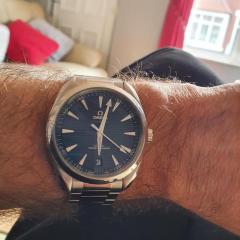-
Recently Browsing
- No registered users viewing this page.
-
Topics
-
Posts
-
By rjenkinsgb · Posted
Try pressing all four buttons at the same time - every segment on the screen should show for a second or two, plus it beep. That's a "hard reset" which should get it going, if the battery is making proper contact and there is no fault. I've just tried it with an old Klik of mine, with a new battery. If that works, it may take anything from a few minutes to a few hours to lock on to the time signal and set itself. Keep it away from computers & wifi devices etc. to minimise interference until it sets. Edit - mine set itself while I was typing that! Not bad seeing it's not been used for years. -
By RichardHarris123 · Posted
Which myota movement is it, they're pretty cheap. You could just replace the movement. -
By rjenkinsgb · Posted
The hole just offset from the stem, below the one over the stem in the second photo. -
By RichardHarris123 · Posted
Better eyes than me, where does it say "push "? -
To be honest I had not read the fine print. But I went back and read the fine print and let me snipped out an image. So it appears to be I should have read the fine print. But there's also my confusing email I sent the image of the watch the somebody who I figured would know any did. So this is the answer I got back Now we have a problem or I have a problem of not paying attention to users names in the discussion group. You'll notice in my quoted email to persons name is Jeff who happens to be the exact same Jeff in the discussion. So it's not my fault if the exact same Jeff gives us two separate answers for the exact same watch. So apparently one of the Pierce chronographs has rubber and the other one does not.
-








Recommended Posts